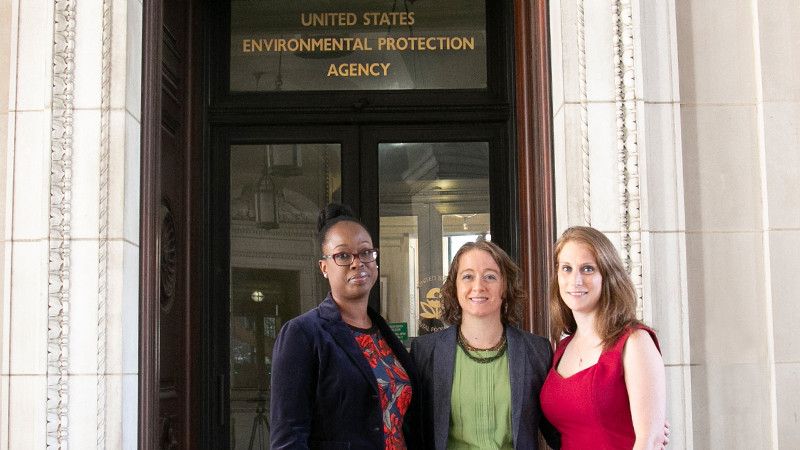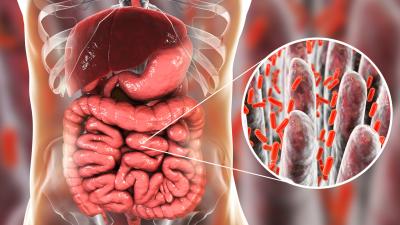A Victory in the Making

The Environmental Protection Agency’s decision to scale back and ultimately end animal testing is a major advance.
Lest anyone think such a victory was quick or easy, it was actually decades in the making.
In 1998, EPA Administrator Carol Browner launched what was called the HPV Challenge Program—a massive plan to test chemicals that were produced or imported in quantities exceeding 1 million pounds per year. The plan would have killed millions of animals and was cheered on by environmental groups that held that animal tests were the way to fill knowledge gaps on the effects of chemicals.
Former EPA toxicologist Chad Sandusky, PhD, contacted the Physicians Committee and made a persuasive case that nonanimal testing methods were a much better solution. They were obviously more humane and were also faster, cheaper, and more accurate. Chad knew the technology and he knew the players. He joined the Physicians Committee’s staff and hired a team of scientists, including Kristie Sullivan, MPH, a University of Michigan graduate with expertise in toxicology.
We met repeatedly with EPA officials and chemical manufacturers to foster a shift to nonanimal methods. Chad’s team went through each chemical test plan in the HPV Challenge Program in painful detail to show how animal tests could be avoided. The process we tedious and difficult, but it proved an eye-opener for the EPA and chemical companies. Nonanimal methods were clearly the way of the future.
Meanwhile, the EPA had also launched the Endocrine Disruptor Screening Program, which called for testing as many as 85,000 chemicals suspected of having hormonal effects on tens of thousands of animals. Again, Chad and his team worked with the government and industry to favor nonanimal methods.
Their work paid off. In 2012 the EPA pivoted away from its original plan and adopted “Endocrine Disruptor Screening Program-21,” relying on cellular and computational methods to screen these chemicals.
When Chad retired, Kristie Sullivan took over the Physicians Committee’s toxicology work. Under her leadership, thousands of scientists and regulators have been introduced to the importance of nonanimal methods and have learned how to implement them. Along the way, other groups jumped in with scientific expertise and effective advocacy.
In 2013, Senators Frank Lautenberg (D-NJ) and David Vitter (R-LA) introduced a bill to strengthen environmental protections. The initial bill language would have led to increased animal testing. However, Kristie redirected the bill to favor nonanimal methods, which were faster and more accurate. When the bill was finally passed in 2016, it included tough new measures modernizing chemical testing methods for industrial chemicals, mandating many of the changes that the Physicians Committee has pushed for and that the EPA has now embraced. Her team has held many conferences and training exercises to help regulators and industry scientists learn about nonanimal methods and ready themselves for the transition.
On Sept. 10, 2019, the head of the EPA—with Kristie Sullivan and Physicians Committee toxicologist Esther Haugabrooks, PhD, seated with him at the table—announced the EPA’s new plan to phase out all tests on mammals by 2035, not just for industrial chemicals, but for pesticides as well, saving hundreds of thousands of animals each year. The announcement marked the first time any government agency has committed to ending testing on mammals across the board in all its divisions. In the process, the EPA has committed more than $4 million in research funding to support this effort.
The Physicians Committee is working to accelerate the full transition to reach this target well before 2035 and to ensure that tests using nonmammalian species are phased out as well. We are also persuading other governmental bodies, notably the Food and Drug Administration and the National Institutes of Health, to replace animal tests with methods that are humane and relevant to human health. We are grateful to our members and supporters for making this work possible.








